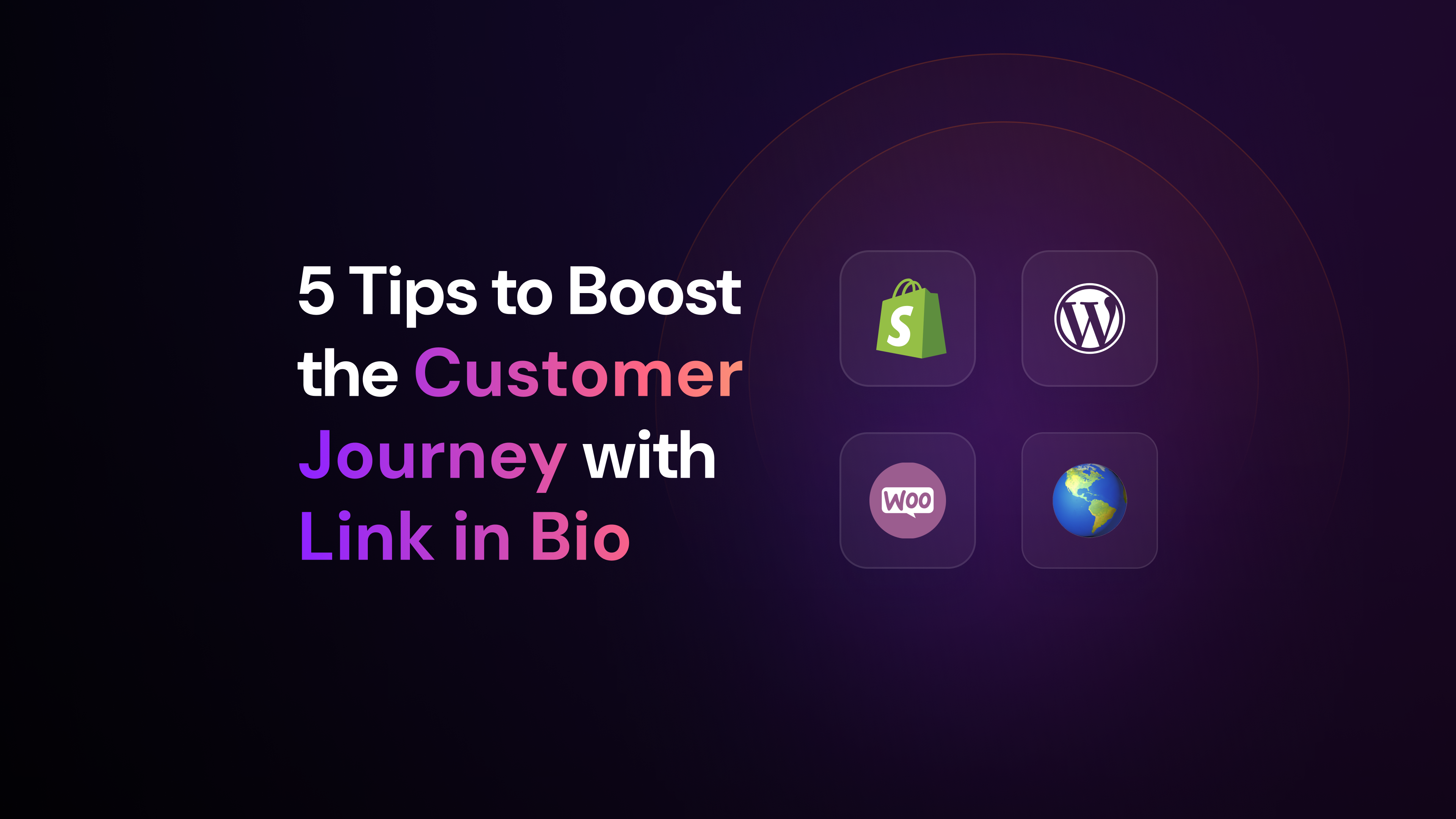Today customer’s expectations from a brand have risen from mere marketing of freebies and discounts to a brand’s ability to relate with the “human element”. To earn loyalty, customers want the brands to interact with them and prove their worth in this cutting-edge consumer market.
What is Customer Engagement?
Customer engagement in simple words is the relationship between a customer and a business. To ensure customer engagement, companies work towards creating a relationship with their customers to improve brand awareness and brand loyalty.
Customer engagement is crucial to a brand’s interaction with its customers. A highly engaged customer will be more aware of the brand’s vision and mission, and will likely become part of the loyal customer base.
What is a Customer Engagement Strategy?
Customer engagement strategy is defined as the tools businesses use to build strong and engaging relationships with customers. It also involves anticipating customer’s needs, solving their problems and helping them achieve their goals.
An effective customer engagement strategy builds long lasting impressions in the minds of consumers. It also increases awareness of the brand and improves customer engagement.
The key to a strong customer engagement strategy is to introduce technologies that favor user interaction, user retention on the page, sales, and user participation with the content.
Some of the famous brands like Coca Cola, Starbucks, Rogers Media, Super Bowl, and Apple are renowned around the world for their inspiring and effective customer engagement strategies. Let us take a look at a few of them.
1. Coca Cola
When it comes to marketing, Coca Cola is usually ahead of the game. In 2012, Coca Cola launched a marketing campaign called “ShareACoke” where the company’s logo was replaced by some of the most common names of people in the US. Adding a name to the bottle spoke to the consumers on a personal level and thus became a powerful marketing strategy.
Within the first year, people shared more than 500,000 photos via the #ShareaCoke hashtag. The campaign became consumer driven where highly active users on social media channels began sharing their pictures with friends and family.
Thus consumers were acting as creative directors for the brand itself which led to a high engagement on social media channels like Facebook, Twitter, and Instagram.
2. Starbucks
Starbucks sets a great example of establishing strong customer engagement strategies every year. “My Starbucks Rewards” program was launched in 2009 which allowed Mobile Order & Pay feature where customers would order ahead of time and pick up their orders in the store. This allowed them to cut lines and order through convenience of their phone.
In addition, the rewards program also allowed consumers to check their balance, make use of their star points and earn free coffee refills or food items.
Starbucks doesn’t just limit its marketing projects to social media but also to a wider digital audience. In one of the campaigns called Starbucks’ Love Project, the company collaborated with several artists such as Dave Matthews, John Legend and U2 to create “All You Need Is Love CD.”
In participating Starbucks locations, customers would get a free CD with a purchase of $15 or more. They were then invited to upload their video to become part of a massive sing-along. Thousands came on board!
3. Superbowl
We are all familiar with Superbowl — the iconic game that generates one of the biggest days for advertising in the US! Companies can learn amazing lessons from the way Superbowl advertisers harness the power of customer engagement in their campaigns. Many organizations even utilize the pre-gaming screen time to start advertising their products and services ahead of the game.
For example Uber’s pre-gaming marketing featured #UberPuppyBowl; hashtag and promoted the chance for select Uber offices to enjoy a 15 minute cuddle huddle with puppies in select Uber’s offices.
Today with the rise of social media, organizations are leveraging the power of both the mainstream as well as social media platforms to advertise their products. During last year’s Superbowl, Avocados From Mexico’s advertisement featuring Molly Ringwald didn’t receive as much traction as they were expecting.
However, the brand took to Twitter’s live-tweeting responses for the rest of their ads and the halftime show, garnering more attention than their original ad!
Creating a Compelling Customer Engagement Strategy Using Live Chat
User interaction, retention and participation are key elements in creating a compelling customer engagement strategy. This helps improve sales and builds long lasting impressions.
One of the tools that can help you create a compelling engagement strategy is the live chat feature. Companies are now utilizing live chats during webinars, online conferences, live events and for free ecommerces.
A live chat feature improves customer experience, builds stronger branding, and helps you gain a competitive edge over your competition.
Whether you work with small or large businesses, in 2021, you absolutely need a Live Chat tool as part of your marketing strategy. Although live chat feature has been around for a while, companies are now proactively using it on their websites and social media platforms.
Here are some of the strategies you can use to improve your customer engagement through live chat features.
Create Positive Brand Perception
Brands all around the world strive to create a positive perception for their products and services. Live chat can be a useful tool to help you achieve that perception through real-time user engagement. During your brand’s live event broadcasts such as webinars, fashion shows, conferences, concerts, or stand up comedies, you can use the live chat feature for your viewers to engage not just with the content but also with one another in real-time.
Live chat provides you more opportunities to make meaningful connections, which will further promote your brand perception and awareness. There is a power in the ripple effect that a good word of mouth can cause!
Improve KPIs
When working with live chat tools, companies need to understand how to improve their KPIs to ensure positive results. Technologies such as live chat tools can be forefront in creating real-time engagement for your brand.
When customers interact with an event on your website, they might pose questions about a product launch or may generally be interested in knowing more about your brand. Ensuring the interaction doesn’t stay one-sided, you can take that time to answer the questions for the viewers.
In addition, you can improve your KPIs in other productive ways too. For example if many customers are asking the same questions over and over again, it is a better idea to include an FAQ page on your website.
Create an Online Community
Live Chat feature is not only about consumer and business interaction, it is also about consumer to consumer interaction. During live webinars and online events, you can set up a live chat where the viewers can interact with each other. A great example of live chat interaction can be seen on YouTube live videos where viewers communicate with one another by every second.
Other companies like Daily Telegraph, City Gates, CA, Bridgend College, Fox Sports have been using the live chat feature creatively on their social media platforms like Twitter and Facebook.
Provide a Personalized User Experience
When interacting with a brand, customers look for a personalized experience that can address their demands. A personalized real-time experience increases customer satisfaction and improves the perceived value of your brand.
Rather than treating your customer as a transaction or another name on your email list, approach them as human beings who have goals, interests, and preferences. Through a carefully tailored experience, you can help them achieve those goals.
Increase Your Revenue
According to an eMarketer survey on the attitude towards US online buyers who used live chat showed that 63% users were more likely to visit a site again. And 62% of the respondents who engaged through a live chat feature said that they were more likely to purchase from the site again.
Having a live chat feature on your website can have a significant impact on your sales. Using a chat tool during a purchase can influence your customer’s decision to continue with the purchase.
Conclusion
Companies all around the world use multiple tools to improve their online visibility, user experience and sales. Many argue that a positive customer experience is pivotal to success of a business and we couldn’t agree more.
According to a study by AMA Access on how B2B marketers are leveraging live chat to increase their sales, the research found that throughout the customer journey, companies can use live chat to improve:
- Marketing awareness by 29%
- Conversion to create sales suspects by 39%
- Post-sales customer support and engagement by 39%
Try our freemium Live Chat tool Arena to stay on the top of your marketing game, implement effective customer engagement strategies and produce happy customers!



